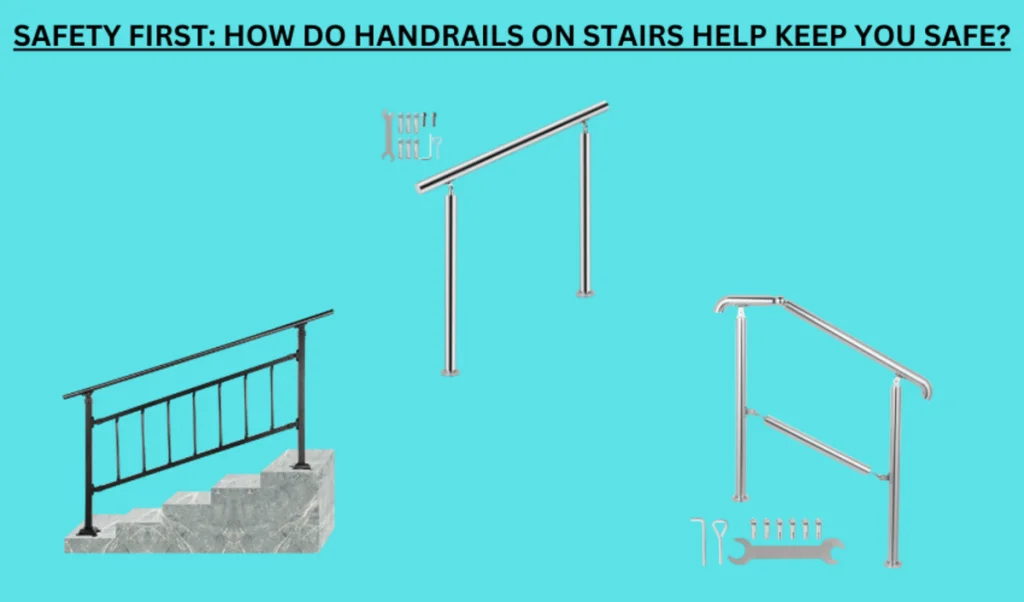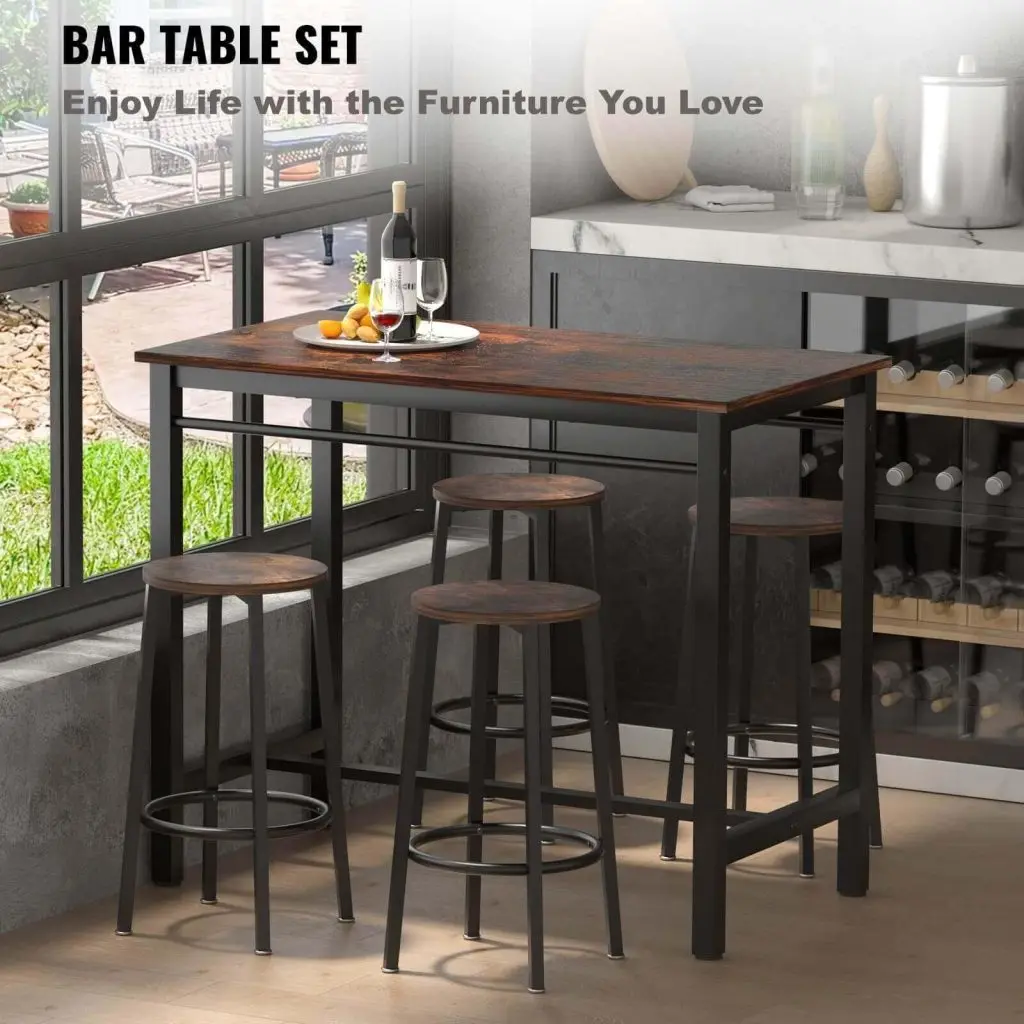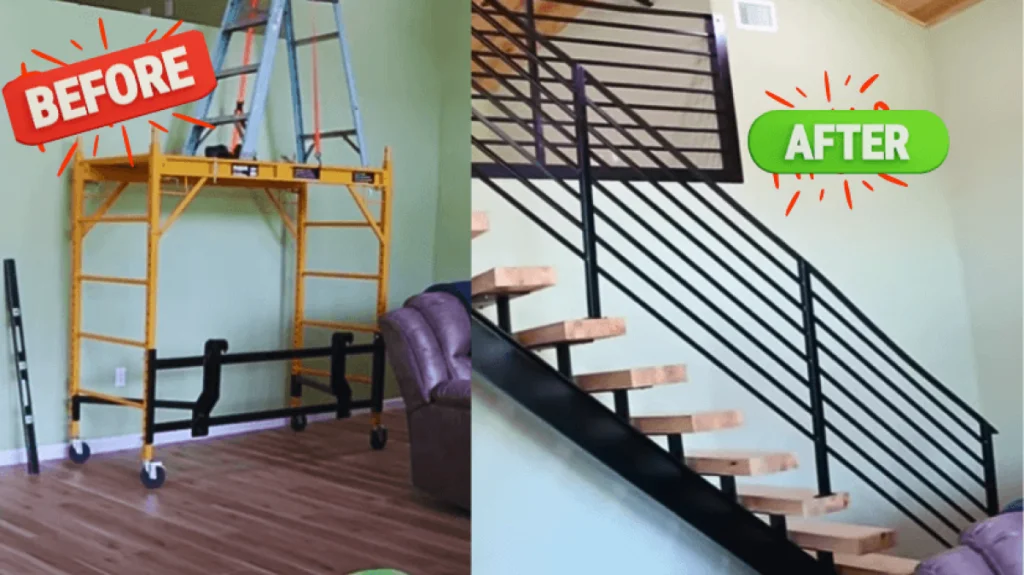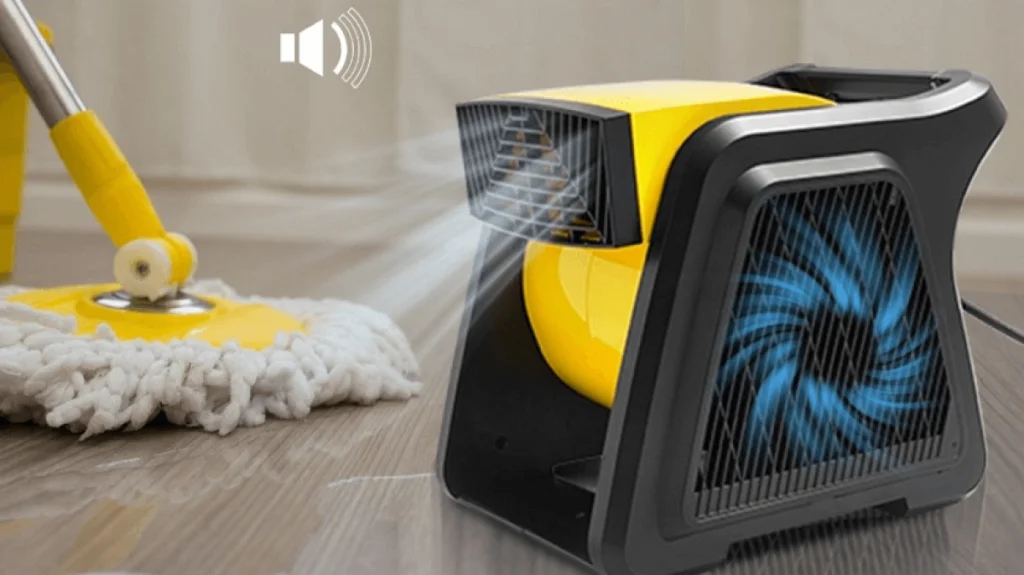In our daily life safety is the priority, from the workplace to our houses. Handrails of stairs perform a very important function in keeping you safe while you move through various floors. Consider stair climbing without any handrail support—every single step can be a risk. In the absence of sufficient support, you may encounter imbalance, which can result in falls, slips, and injuries.
This article aims to illuminate how handrails while on stairs can enhance your stair safety. Through knowing this significance, you will be able to not only take care of yourself but also of those who surround you. Let’s see how the handrails provide stability and support thereby bringing confidence and decreasing the risk of accidents on stairs.
Table of contents
The Role of Handrails in Stair Safety
Safety of stairs is quite important in order to avoid accidents and injuries. Stair slips have become the primary injury source for elderly people and kids. Having appropriate measures like handrails would greatly prevent these hazards from happening. Handrails add stability and support, aiding in balancing and avoiding falls.
When we access stairs, handrails are our guardian angels, providing a tight hold and balance. They assure you with the balance while ascending or descending steep or narrow stairs. When you are in an emergency, handrails are an object to grab that may help you prevent a fall. Their presence boosts confidence and people will have a tendency to use stairs not fear.
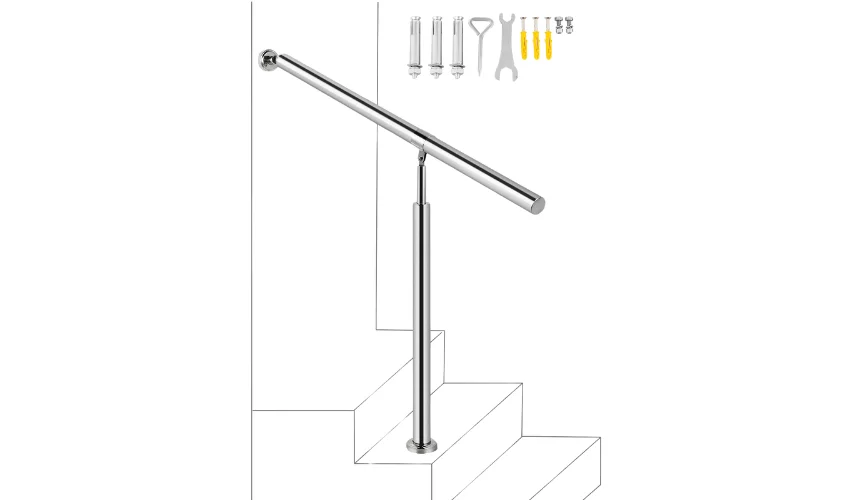
Indeed, handrails are a necessary component for steps, regardless of someone’s age or capability. Take into account that even if you think of yourself as a stable person, unexpected falls or trips can occur. Handrails give sturdy support on which you cling, especially when high or uneven steps are involved. Be it indoors or outdoors, the installation of handrails ensures safe navigation and no worries.
How Do Handrails on Stairs Help Keep You Safe?
Handrails are the key safety factors existing on stairs, which give you balance and prevent you from falling. The absence of handrails can make going up and down stairs quite dangerous. The following points will clear the handrail’s contribution to safety:
- Stability: Handrails provide a sturdy hold, enabling you to maintain equilibrium as you go up and down the stairs. A stable support structure makes you less prone to wobbling, which, in turn, reduces the risk of accidents.
- Assistance: When climbing stairs, handrails give you an added point of reference to hold on so that you are secure. Whether you’re old, wounded, or tired, you can distribute your weight more evenly by grabbing the handrail and easing the strain on your legs.
- Confidence: The fact that railings are already there makes you have confidence as you climb the stairs. You can rely on them for proper stair safety, which you would greatly appreciate in the case of dimly lighted or unknown surroundings with visibility limitations.
- Accessibility: Handrails enable people in wheelchairs and with limited mobility to also make good use of stairs. They do so by holding steady support, which makes it easier for people with crutches or walkers to climb and descend stairs in an independent manner.
- Regulation compliance: Building codes and safety regulations nearly always demand that handrails be put on stairs to comply with safety standards. These regulations are a shield of wellness for building inhabitants and mitigate the risk of mishaps in public buildings, offices, and homes.
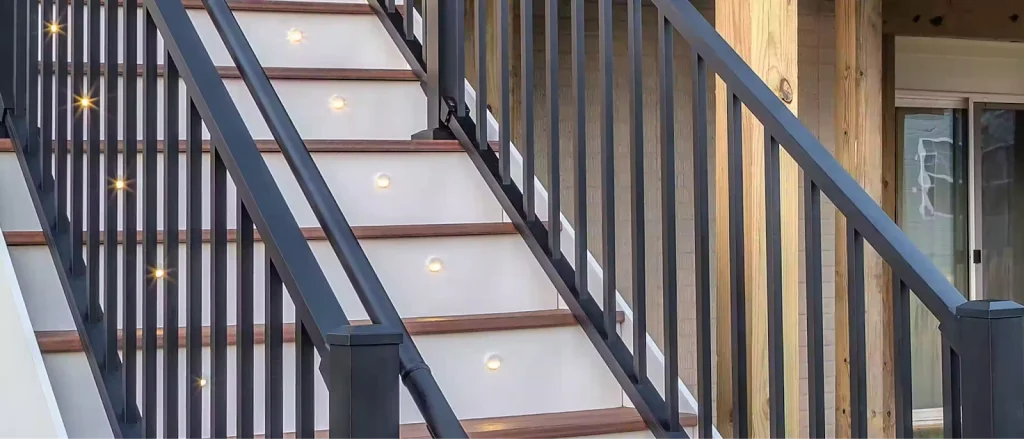
- Hazard mitigation: Stairs with uneven steps, slippery surfaces or obstacles can be a safety threat. Providing handrails enables one to avoid such barriers in a manner that minimises the chances of slipping or tripping, thus falling.
- Emergency egress: Handrails in emergencies like fire or evacuation make it possible to move and run out of the building in a quick and safer way. They will ensure that occupants descending stairs, even under potentially stressful situations, can maintain their balance and avoid falling and injuries.
What Handrail Type Should I Buy?
For better stair safety get insights on key types of handrail and selection criteria:
Different types of handrail
When selecting handrails for stairs, you can choose from a few types with unique features to cover different needs.
a) Wooden Handrails: They may be timeless, stained or painted to match your house style. They make you feel cosy and at home while keeping you motivated.
b) Metal Handrails: Stainless steel and wrought iron metal handrails, which are durable and easy to maintain, are good choices. These items are great for anyone who is aiming for a neat look and the modern style.
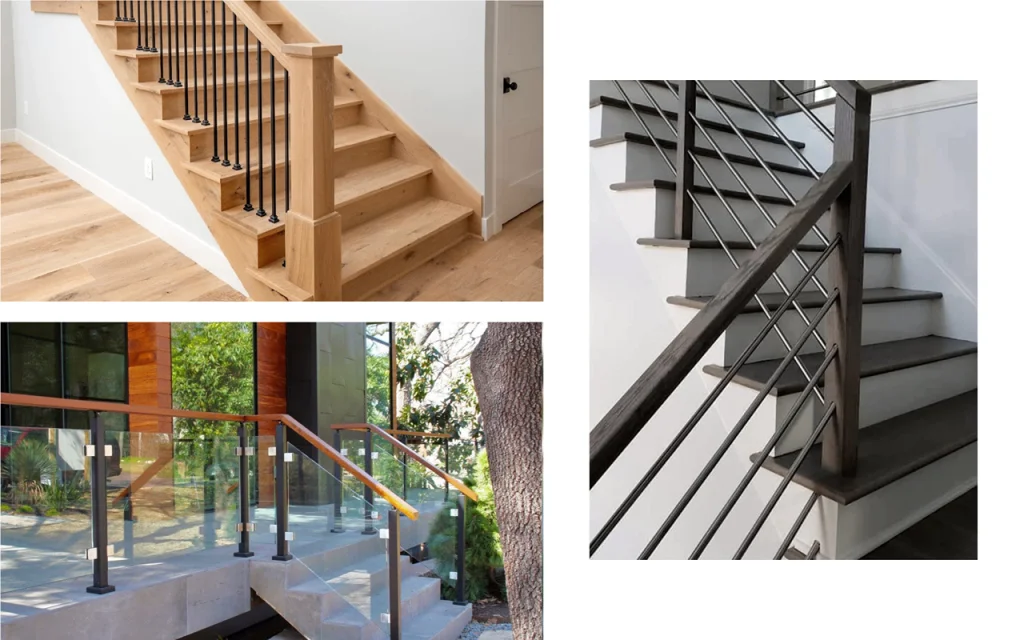
c) PVC Handrails: The PVC handrails feature lightweight and are economical. The plastic handrails feature resistance towards moisture and corrosion. You can use them in harsh outdoor weather.
d) Glass Handrails: The glass handrails bring elegance and free atmosphere to the zone. They often are used in contemporary styles to achieve a clean and minimalistic appearance.
e) Handrails with LED Lighting: Think of the railings with LED lights for better visibility and beauty. They shine a light that enlighten the stairs, hence making them visible even in low light conditions and the decorative details in your stairway.
Uncover insights on the top wall-mounted handrails to make your choice.
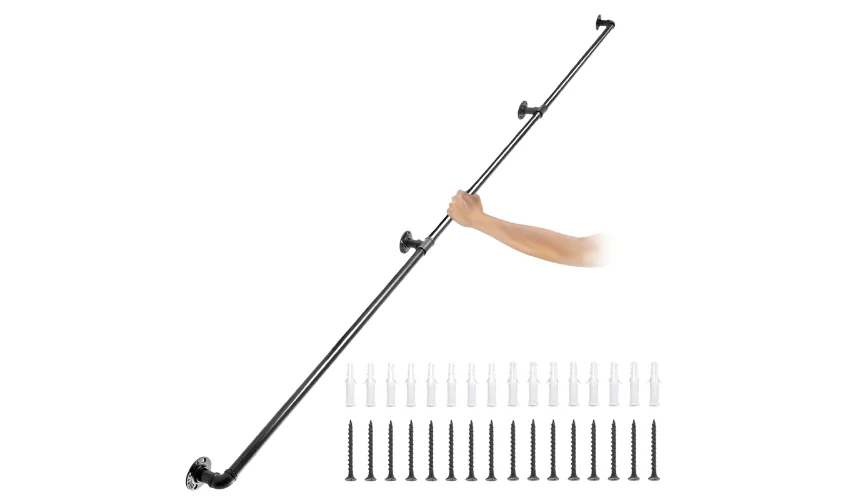
How to choose your handrail
Some of the issues that you should consider when choosing a handrail for your staircase will guarantee the best outcome.
a) Material: Choose an option that is to your liking among the wood representing an old look, metal that is the most durable, PVC for outdoor use, or glass for a modern look.
b) Style: Consider a handrail design that will look like a part of your staircase and will blend in with the overall design of the house, regardless of whether the look you find appealing is traditional, modern, or minimalist.
c) Size and Shape: Use the dimensions and form of the handrail so that it is pleasant for your hand and gives a firm grip while you ascend and descend the stairs.
d) Safety Features: Smooth surfaces, solid construction, and correct installation are some of the features of a good handrail that meets the safety codes and regulations to prevent accidents.
e) Budget: Be able to achieve harmony, love with quality and utility in the budget limit.
For durability and weatherproofing, you can choose aluminium handrails.
VEVOR Stair Handrail: Ensure Your Family’s Safety and Security
VEVOR offer ensured stair safety through series of handrail products. Uncover them in the following section:
VEVOR Outdoor Stainless Steel Stair Handrail
VEVOR Stainless Steel Handrail for outdoor stairs having an angle range from 0 to 90 degrees. This railing is strong and can be used for 2-3 steps, with the measurements 39.4″ x 33.5″ (W x H) and the distance between vertical wires 28.5″. This ensures that rain or winter isn’t a hindrance to walking, and they will be safe and balanced.
Manufactured out of 304 stainless steel, the rail has a high bearing capacity of 551 lbs, which assures the safety of every member of the family, inclusive of children, old or the weak in the house. Its polished surface adds to its aesthetic look and makes cleaning easy.
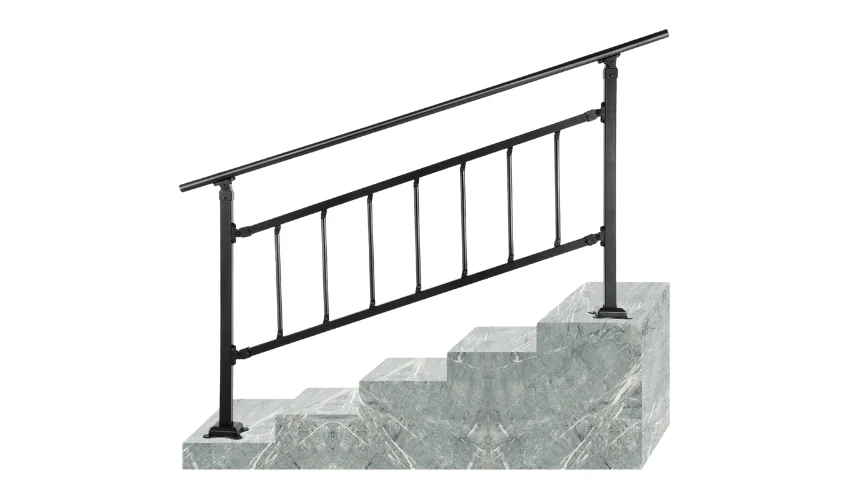
Installation is simple using the provided accessories. It can be done indoors or outdoors on a concrete, brick or wooden step. Whether you are working on your patio, balcony, yard, or garage, our VEVOR handrail will provide sturdy stability so you and your family can be safe and secure with its use.
VEVOR Indoor/Outdoor Stainless Steel Stair Handrail
VEVOR Stainless Steel Transitional Railing, which can be installed indoors or outdoors when it comes to steps, offers security and stability. Its universal and user-friendly design fits in 2 to 3 steps, making it flexible and convenient. Measuring 41.7″ x 33.9″, and holding a span of 28.3″, it allows for using stairs of different shapes and sizes.
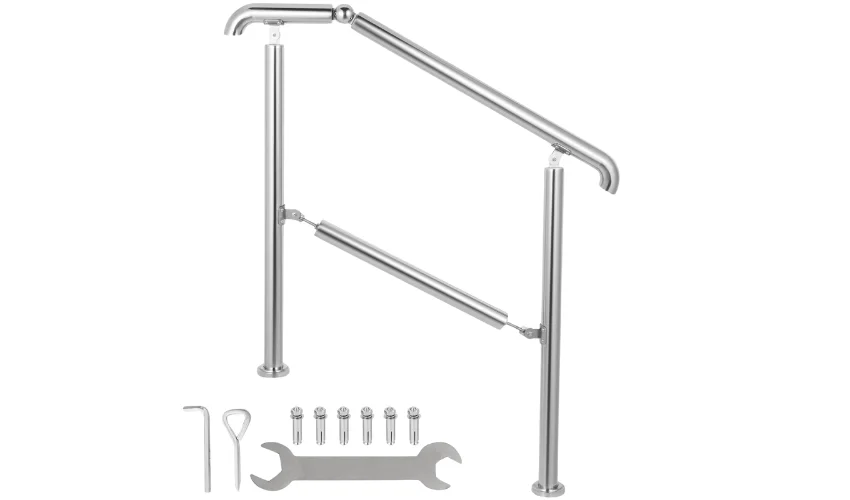
The handrail is constructed from durable 304 stainless steel with a remarkable 441lb capacity to support all family members safely. Its corrosion-free and scratch proof structure guarantees its durability, which is ideal for any weather condition. Installation is a breeze since you can use the tools that come with the package and the detailed instructions. This handrail can improve safety, whether it is on a concrete, brick or wooden porch, balcony, garden, and so on. Invest in VEVOR Stainless Steel Transitional Handrail for the highest security and tranquility assured.
Tips to Install Safety Handrails for Steps
Installing a stair handrail is very important safety-wise; here are instructions to help you do it.
- Firstly, take the length of your stairs to find the proper size for your handrail.
- Then, discover the studs in the wall for a stable fixing.
- Make use of a level to mark the right position for the handrail perpendicular to the stairs.
- To make the installation faster and simpler, pre-drill holes into studs to avoid splitting.
- Attach the handrail brackets firmly to the wall by ensuring they are straight and aligned with the marks you made.
- Once the brackets are attached, secure the handrail by ensuring it’s level and firmly fasten it. You may consider decorative end caps as the finishing touch. Finally, give a firm shake to your handrail to assess its stability before you use it as a support.
These actions will build a durable and trustworthy handrail to improve the safety of stairs.
FAQs about Stair Safety
Q: What is the purpose of safety handrails for steps?
Railing the steps gives people a steady hand hold when climbing up or going down the stairs. They provide equilibrium and constancy, allowing you to balance and avoid injuries.
Q: Can safety handrails prevent falls?
As you install handrails, the risk of falls on staircases gets reduced. Stairs could also be hazardous when there are no handrails to give you a secure grip and support. Thus, trips and falls are more likely to occur.
Q: What are the differences between handrails and balusters?
While the handrails are the horizontal bars providing the support, the balusters are the vertical posts that maintain the handrails upright. Handrails and balusters render stability, as well as contribute to the appearance and beauty of the whole staircase.
Conclusion
In the end, the handrails are very important for the stairs’ safety since they give stability and support. In this sense, properly selecting handrails is a key factor in avoiding accidents on stairs. No matter whether it is a home or a public space, we must promote safety by installing sturdy handrails. Take immediate action towards your own safety and that of your family by choosing the right handrail for your stairs. You can look into VEVOR stair handrail products, which are famous for their quality and durability, to identify the handrail that matches your needs. Do not postpone until it’s too late; Let’s be stair safety superheroes together!

